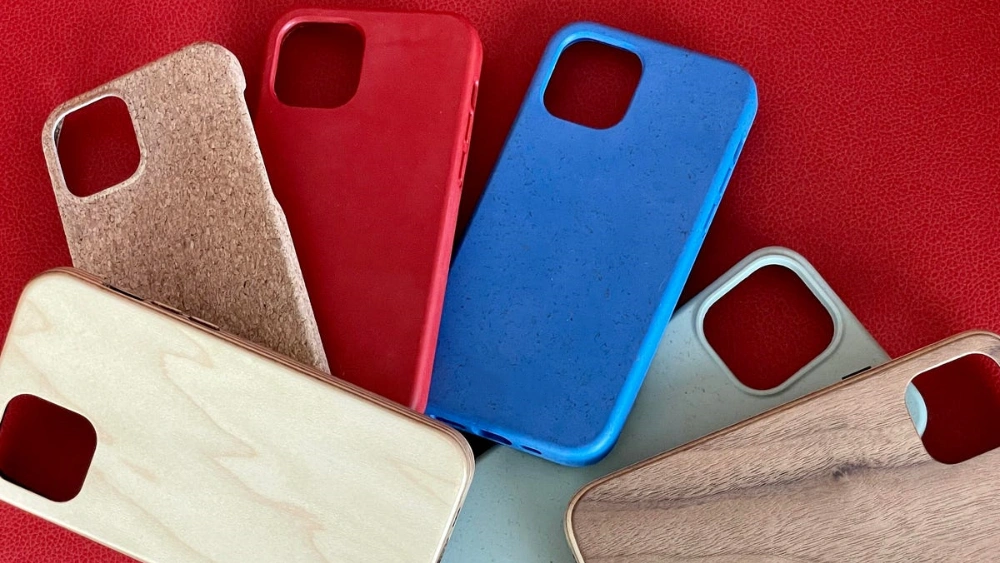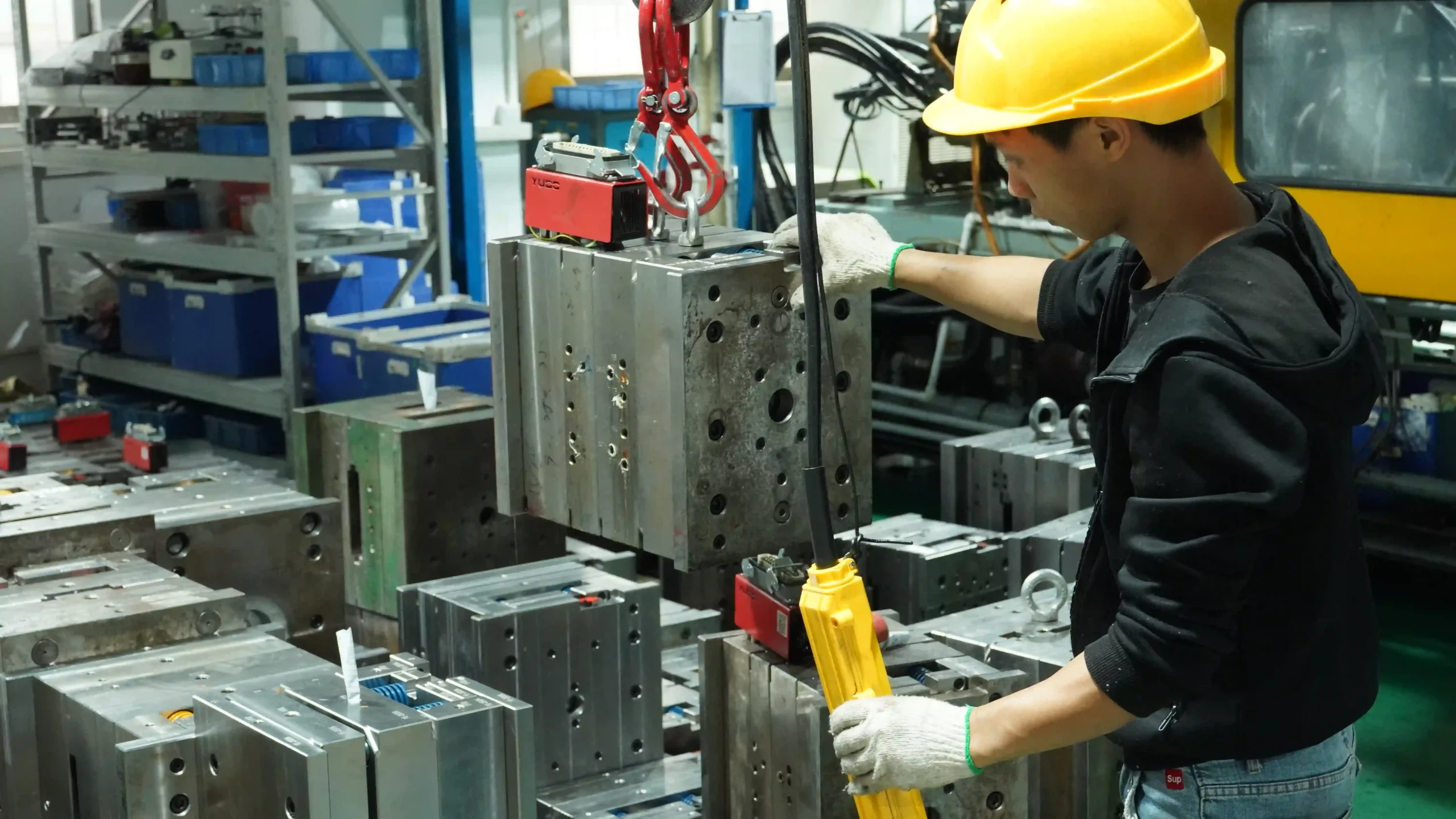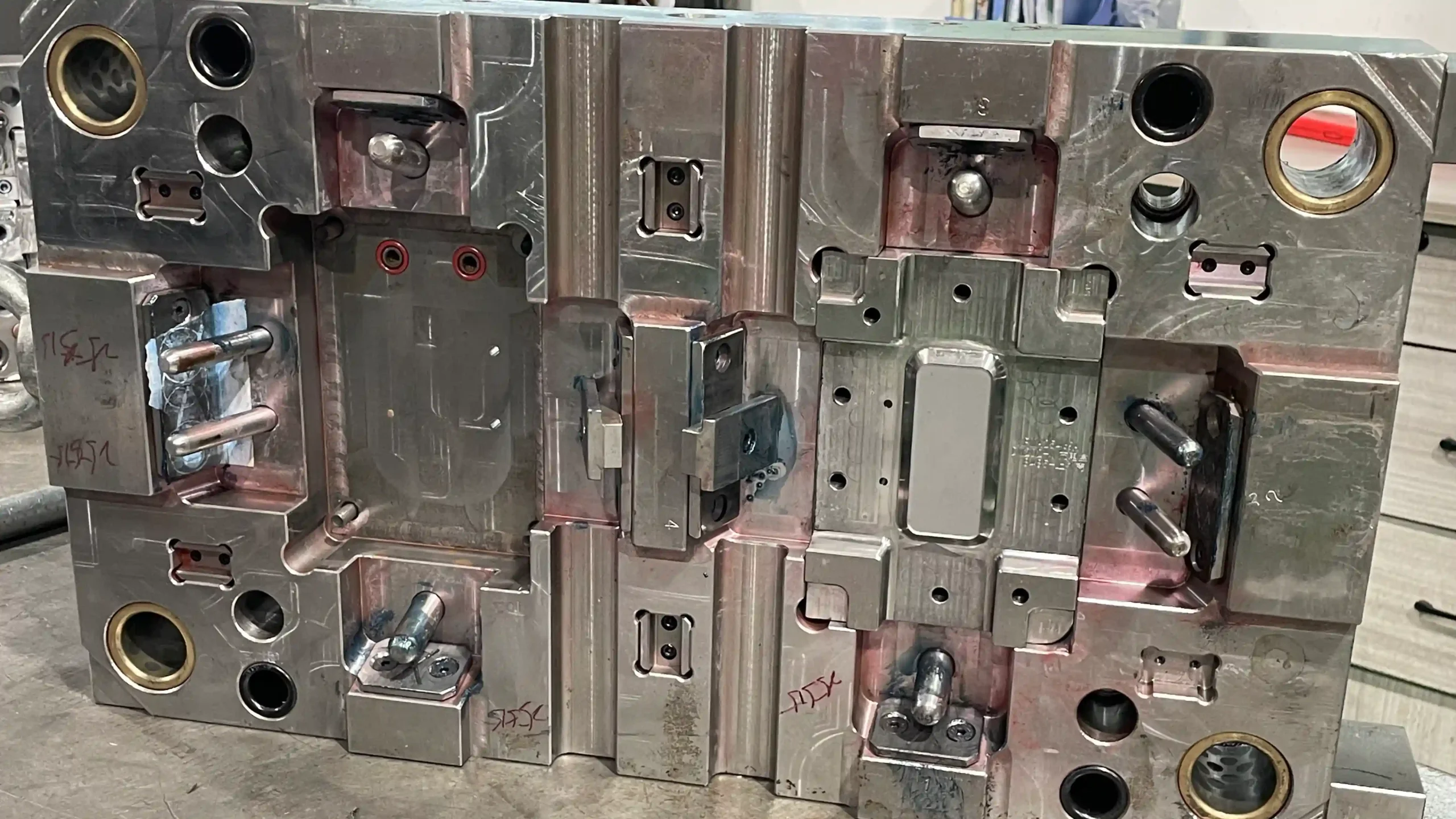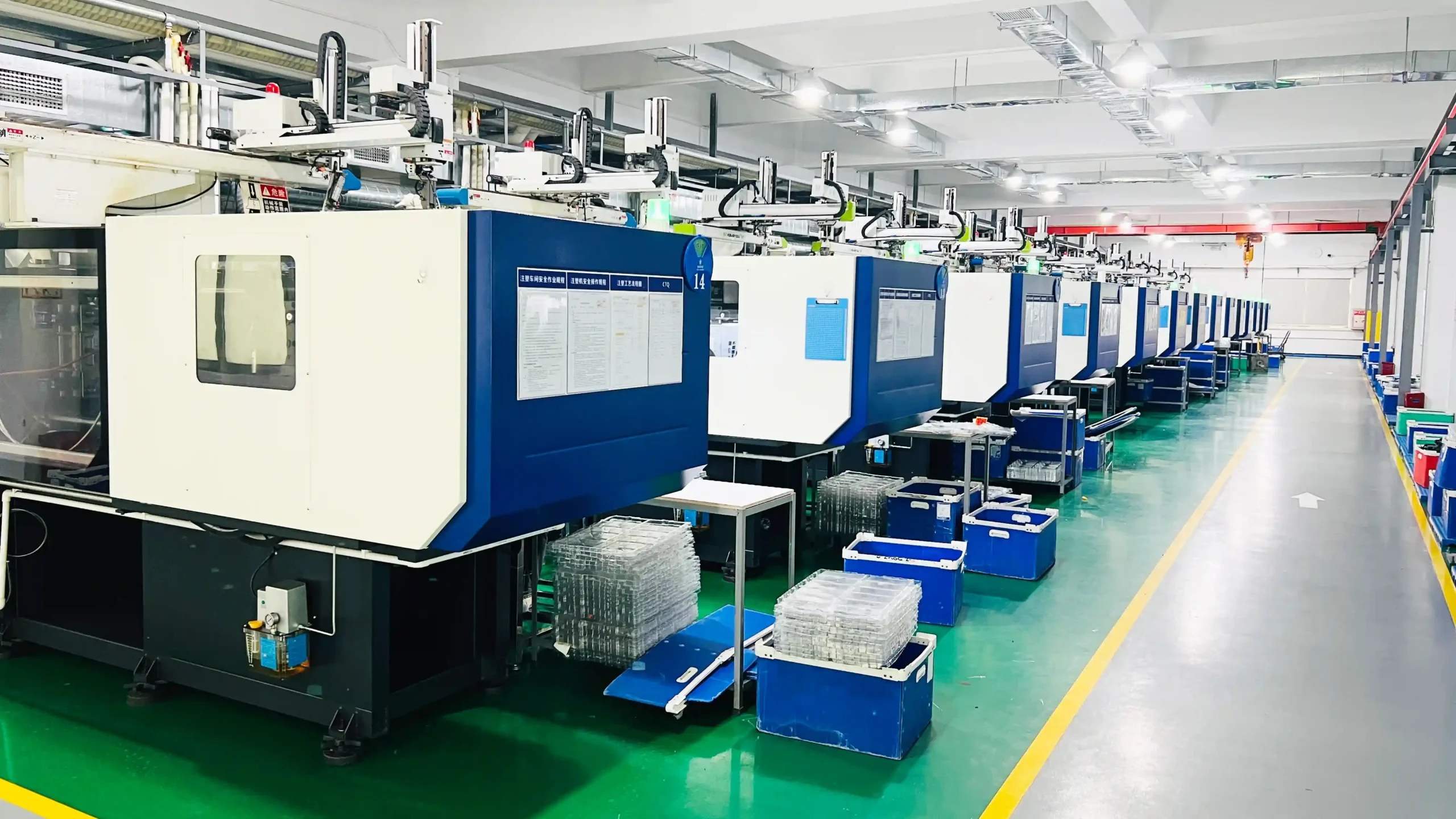In 2024, the global market size of eco-friendly phone cases reached a staggering $47 billion. According to a third-party report, 76% of B2B purchasers listed sustainable supply chain’ as the primary criterion when screening suppliers. This shows the increasing importance of sustainability in the phone case manufacturing industry. In this blog, we will delve into the eco-friendly initiatives of top brands and understand the core requirements for manufacturers.
Three Trends in the Eco-Friendly Phone Case Industry
Table of Contents
ToggleMaterial Revolution
Mainstream eco-friendly phone case brands are shifting from traditional petroleum-based TPU to plant-based bioplastics. For example, Pela uses Flaxstic®, a material made from flax straw. This is a significant departure from the conventional materials used in phone case manufacturing.
In addition to well-known bioplastics, there are also emerging materials in the market. Apple’s FineWoven contains 68% recycled polyester, and Mous uses a cork composite material. These new materials not only reduce the environmental impact but also offer unique features.
Closed-Loop Production System
Casetify’s recycling program is a prime example of a closed-loop production system. With an old case recycling rate of up to 92%, Casetify has set a high standard. For manufacturers, having a material traceability system and a network of third-party recycling partners is an essential capability. This ensures that materials can be tracked throughout the production process and recycled effectively at the end of the product’s life.
Low-Carbon Certification Threshold
There is a growing demand for international certifications in the eco-friendly phone case industry. Brands like Incipio have obtained B Corp certification, and many are seeking compliance with the GRS (Global Recycling Standard).
YG’s factory has already obtained 5 environmental certifications, including ISO14001, which is a testament to our commitment to environmental protection.
In-Depth Analysis of the Environmental Practices of 6 Benchmark Brands
Pela Case
Pela Case’s core concept is zero waste to landfill. For manufacturers working with Pela Case, having the ability to conduct composting laboratory tests is crucial. They need to provide a report on the 180-day degradation rate of the phone cases. This ensures that the products meet Pela Case’s high-standard environmental requirements.
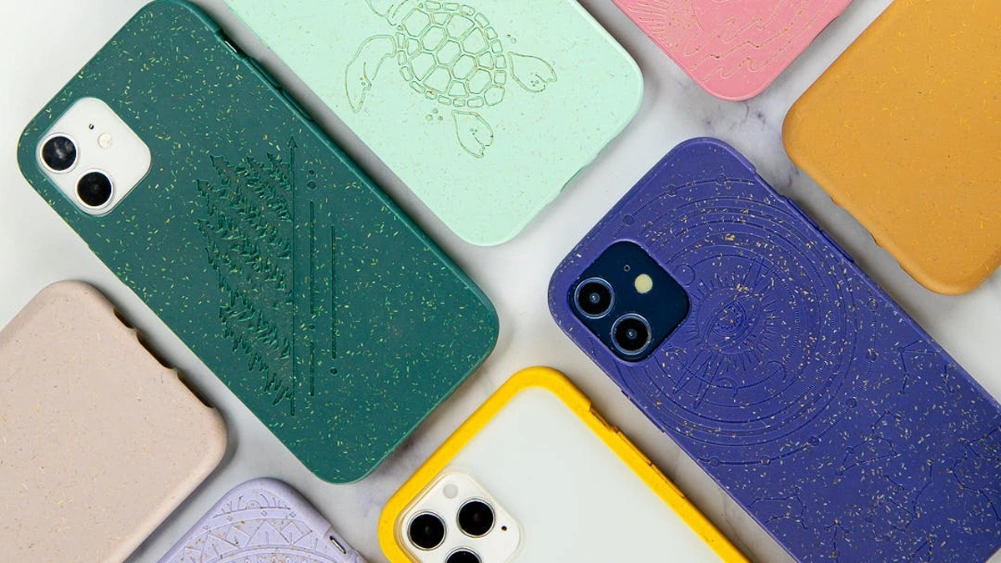
CASETiFY
CASETiFY made an innovative move by introducing the world’s first carbon-labeling system for phone cases. In terms of the supply chain, CASETiFY requires its contract manufacturers to use 100% recycled electricity. This shows CASETiFY’s determination to reduce the carbon footprint throughout the production process.
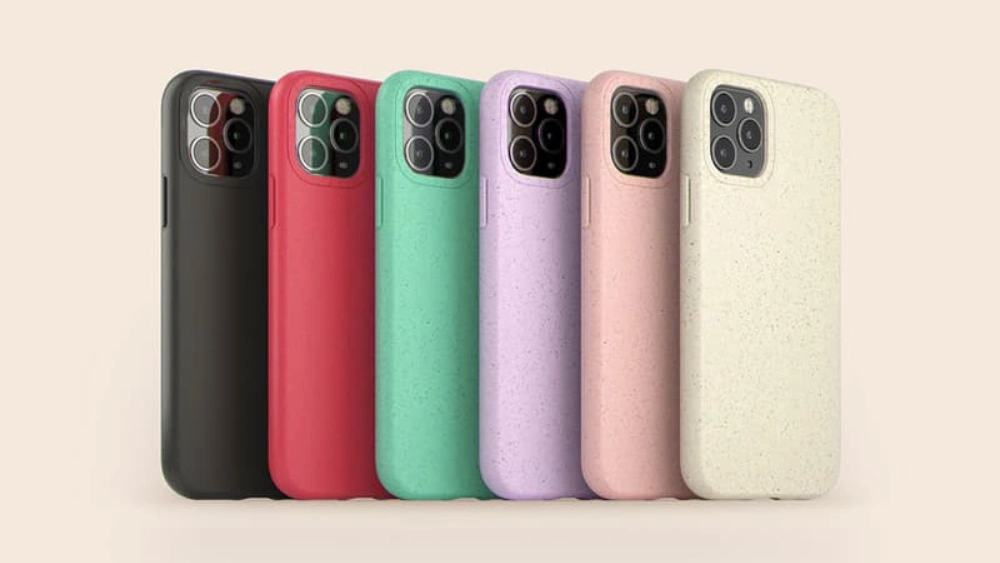
Mous
Mous has achieved a material breakthrough by combining plant-tanned leather with a recycled aluminum frame. Their production specifications prohibit the use of 6 types of harmful solvents as per the REACH standard. This not only protects the environment but also ensures the safety of consumers.
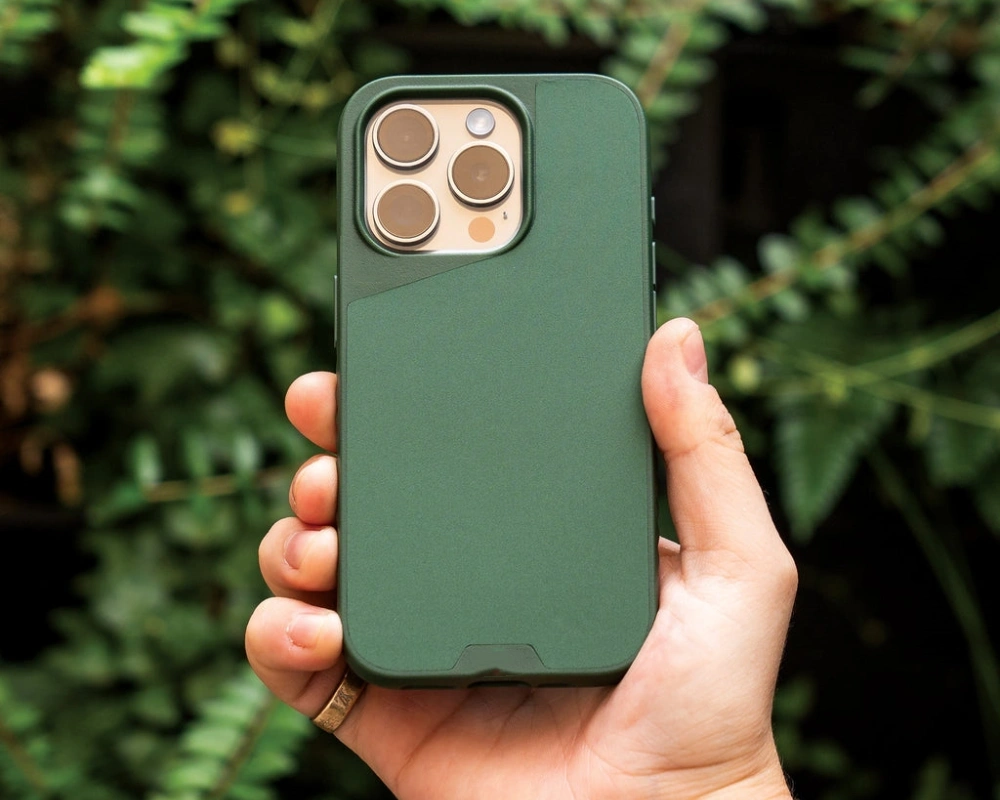
Native Union
Native Union has revolutionized packaging by using mycelium to replace plastic inner trays. YG offers an eco-friendly packaging solution, which includes a biodegradable cornstarch inner box and soy – based ink printing. This aligns with the trend of sustainable packaging in the industry.
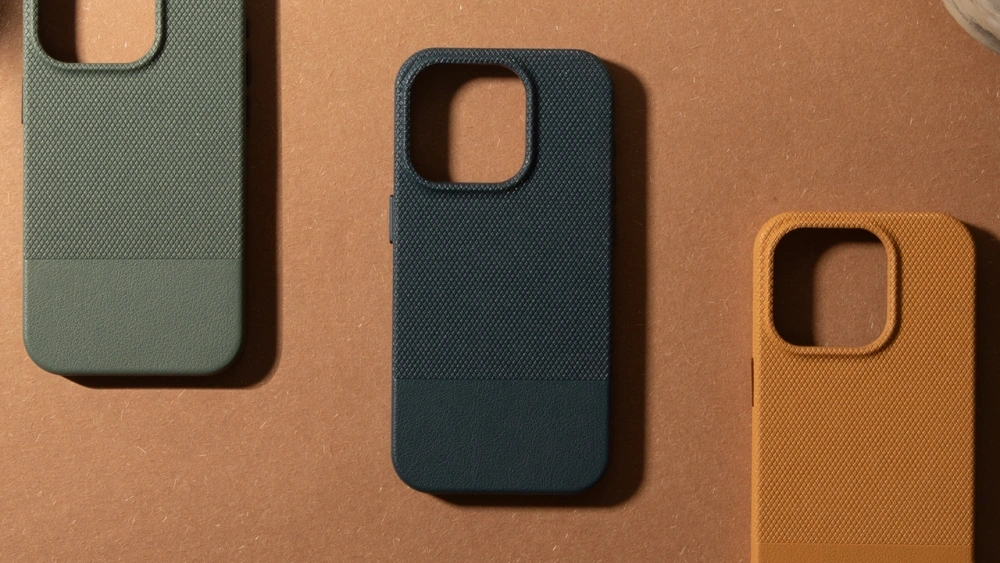
Incipio
Incipio has established a community recycling program in partnership with TerraCycle. Manufacturers collaborating with Incipio need to have the ability to build a reverse logistics system. This is essential for collecting and recycling used phone cases effectively.
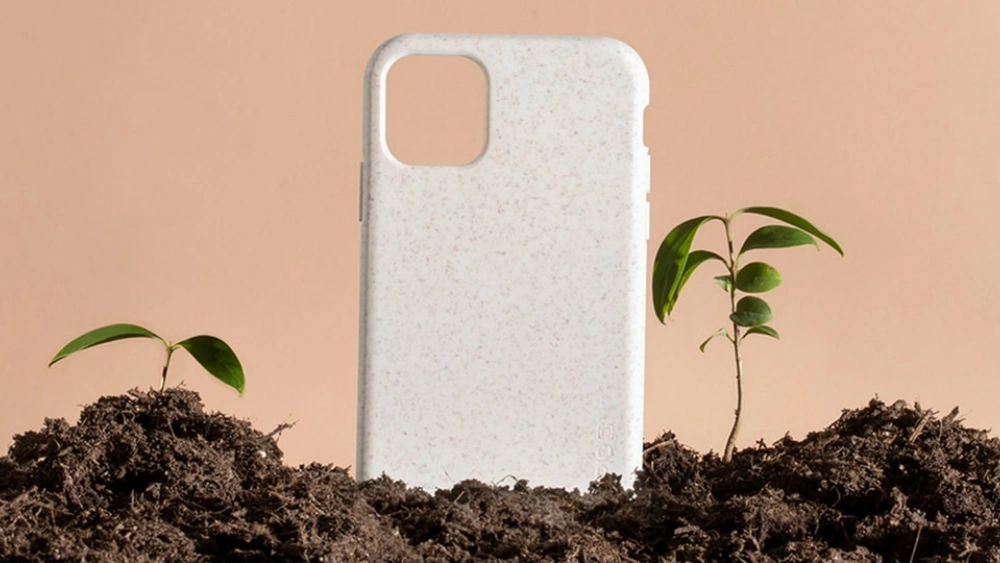
Hermès Silky Case
As a luxury brand, Hermès has transformed by using silk waste to recreate the lining of phone cases. Their precision standard requires a 0.1mm stitching accuracy. This shows that even luxury brands are joining the eco-friendly movement without compromising on quality.
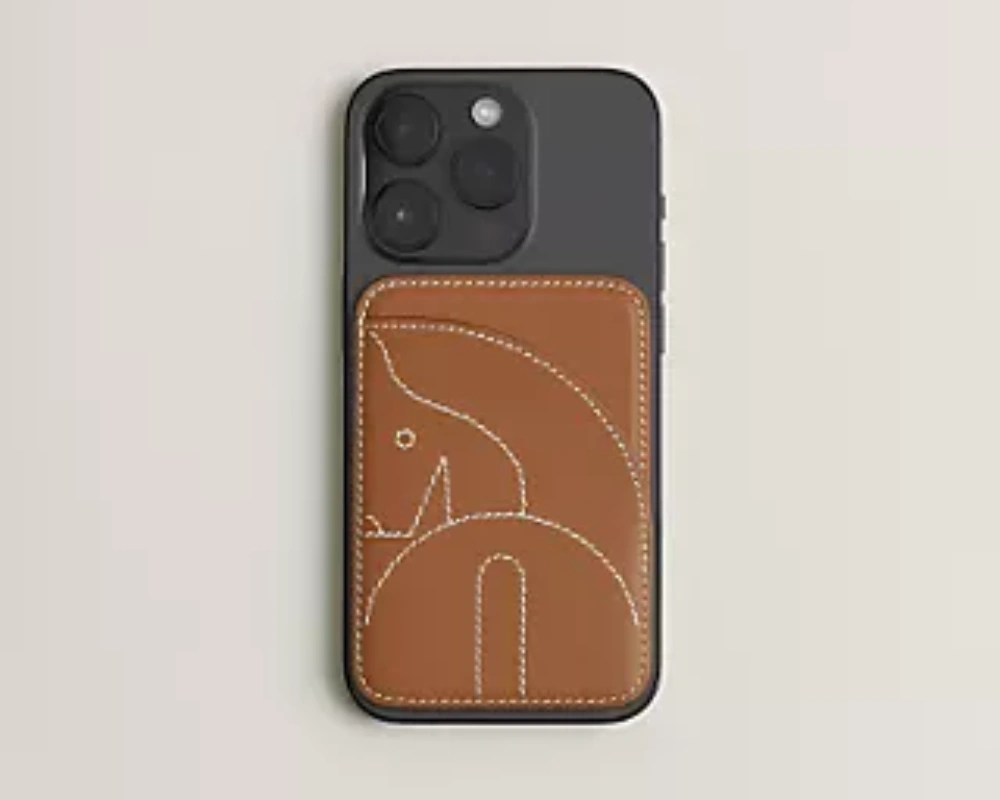
Four Core Requirements for Manufacturers from Top Brands
Material Traceability
Top brands require manufacturers to provide a full-chain carbon footprint report from raw materials to finished products. YG uses a blockchain traceability system to ensure transparency and accuracy in material traceability. This allows brands and consumers to know exactly where the materials come from and how they are processed.
Flexible Production Capacity
There is a growing demand for small-batch customized phone cases. For example, there are orders for plant-based phone cases starting from as low as 500 pieces. Eco-friendly phone case Manufacturers need to have the flexibility to handle such small-scale production without sacrificing efficiency.
Quick Certification Response
The update cycle of environmental certifications has been shortened from 24 months to 6 months. Manufacturers need to be able to respond quickly to these changes and obtain the necessary certifications in a timely manner. This requires efficient internal management and a good understanding of the certification process.
Localized Service Network
European and American customers prefer direct shipments from regional warehouses. YG has set up a local office and warehouse in the United States to reduce transportation carbon emissions. This localized service network not only meets the needs of customers but also contributes to environmental protection.
Future Challenges and Opportunities in the Industry
Technical Difficulties
One of the main challenges in the industry is to improve the yield rate of bio-based materials.
New Market Opportunities
With the development of the carbon credit trading system, manufacturers have the opportunity to transform their roles. They can participate in carbon credit trading, which not only helps to reduce carbon emissions but also creates new revenue streams.
conclusion
In conclusion, the eco-friendly phone case industry is evolving rapidly, with top brands setting high standards for manufacturers. YG, with its advanced technology, innovative materials, and commitment to sustainability, is well-positioned to meet these challenges and provide high-quality products and services to our customers.
